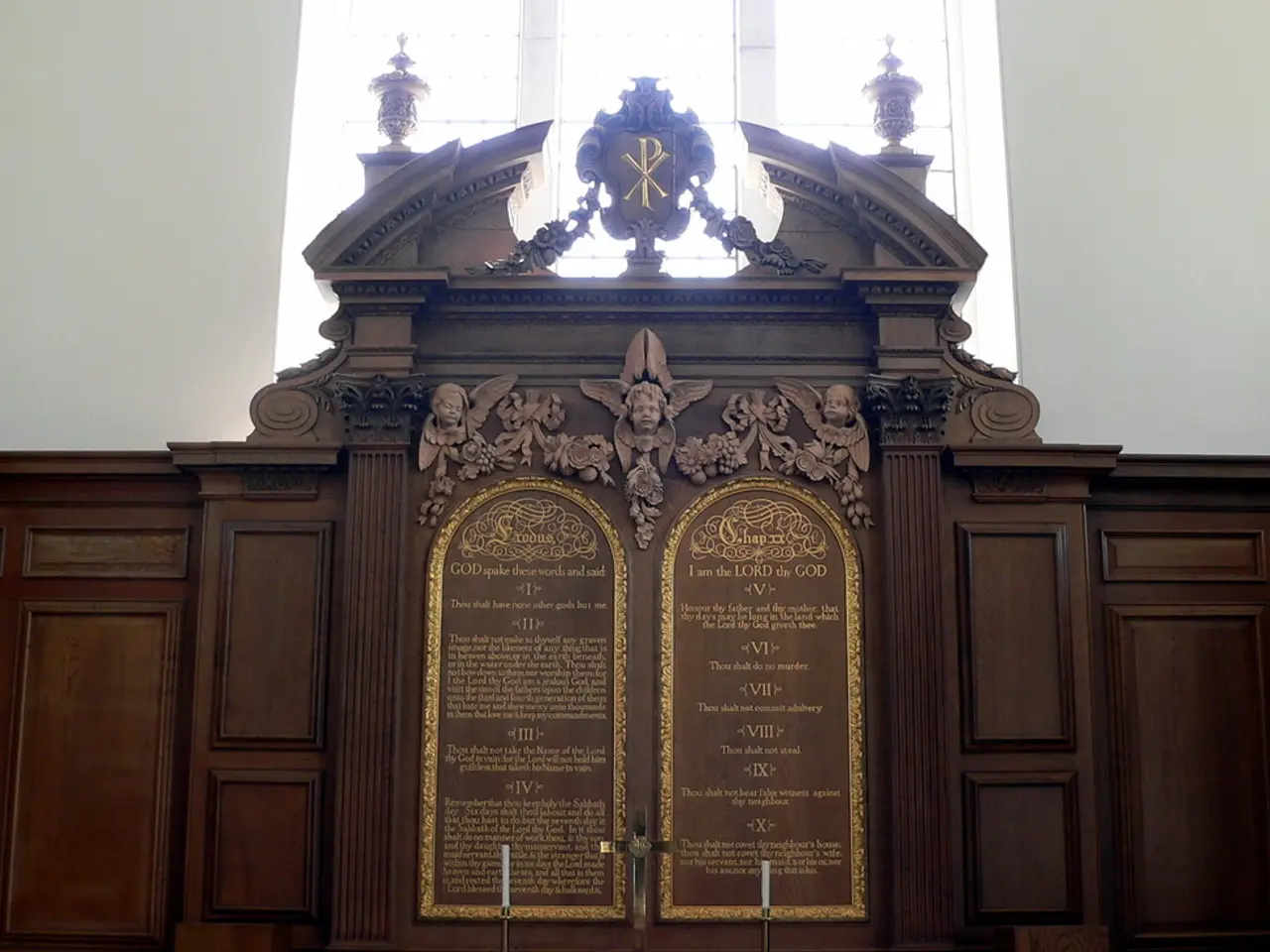Ancient Romans also showed interest in fossils, as suggested by a recent discovery.
In a groundbreaking discovery, archaeologists have uncovered evidence that the ancient Romans intentionally collected and altered trilobite fossils for use in jewelry or amulets. The fossil, dating from the 1st to 3rd centuries CE, was discovered at A Cibdá de Armea, a Roman settlement in northwestern Spain.
The trilobite fossil, belonging to the genus Colpocoryphe, was modified with up to seven artificial wear facets on its underside, indicating shaping and flattening to fit as jewelry. It was found alongside a bronze coin of Emperor Augustus, suggesting an upper-status context and connections to the emperor’s historic interest in fossils.
The fossil's iron oxide mineralization and reddish coloration trace its origin to the south-central Iberian Peninsula, about 430 km from where it was discovered, implying deliberate transport over considerable distance through Roman trade routes. Researchers interpret the fossil’s use not just as decorative but probably as an amulet with magical or protective powers, consistent with ancient beliefs about fossils and parallels seen in other cultures' talismanic use of trilobites.
This specimen is notable as the first confirmed trilobite fossil used by Romans and one of only three known globally from ancient times intentionally collected and used by humans more than a millennium ago. The discovery, published in the journal Archaeological and Anthropological Sciences on July 15, sheds light on the cultural appreciation of fossils and their attributed supernatural significance in ancient Rome.
The trilobite fossil, around 460 million years old, was discovered among thousands of other objects, including ceramic pieces, pots, dishes, and vases. The discovery of the trilobite fossil at A Cibdá de Armea is the earliest known reference to trilobites in classical antiquity.
Trilobites were a diverse group of extinct marine invertebrates that first appeared around 520 million years ago and died off about 250 million years ago. They had three body segments, including the head, thorax, and tail, and their name refers to the three "lobes" that divide their exoskeletons lengthwise.
The discovery of this ancient trilobite fossil raises questions about whether Romans traded fossils more frequently than historians thought, and whether they understood what fossils are. Adrienne Mayor, a historian of ancient science at Stanford University, calls the discovery a "highly significant" contribution to historians' understanding of how ancient populations may have viewed fossils.
If Adrienne Mayor's hypothesis is correct, it suggests a link between Roman fascinations and more modern fixations, as protection through ancient 'magical' stones remains relevant today. Julien Benoit, a paleontologist at the University of the Witwatersrand, finds the discovery fascinating and suggests it could connect ancient Romans to other populations who made jewelry out of trilobites, like the Ute people of North America.
The Armea fossil is the eleventh documented instance of a trilobite being excavated and gathered by ancient populations in an archaeological context. With further research, we may uncover even more fascinating insights into the ancient world's appreciation for these fascinating fossils.
The discovery of the trilobite fossil raises questions about whether Romans were interested in more than just decorative science, as they might have traded fossils frequenty and had some understanding of their origins. This specimen could potentially connect the ancient Romans to other popluations who utilized trilobites for technological purposes, such as the Ute people of North America who used them for jewelry-making.




